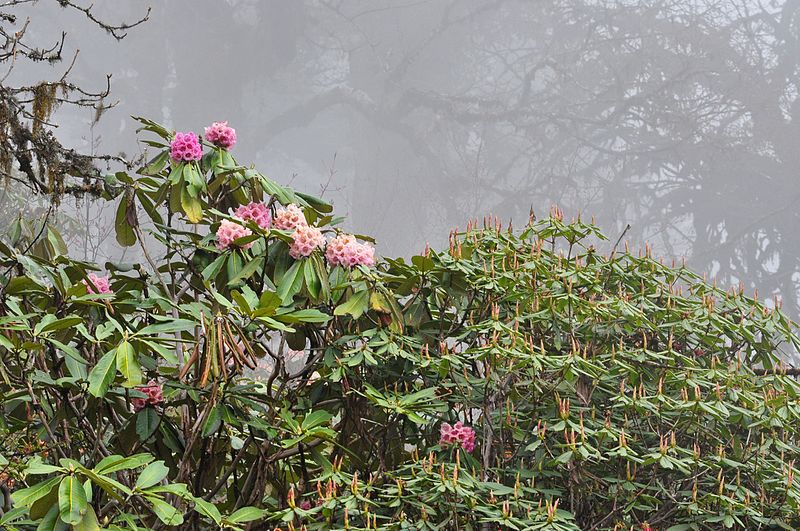
Sikkim is a small mountainous north-eastern state of India, located in the western-most part of the Eastern Himalayan biodiversity hotspot. Sikkim has a rich bio-cultural heritage and is home to over 1100 species of animals, birds, fungi, and plants. The local people have deep knowledge about the uses of these species, community ecology and life histories of these diverse organisms. According to the studies, Lepcha, indigenous tribal people, were engaged by government researchers to understand the population status of rare bird species; they found accurate data and helped the government in making important management decisions.
A glorious place several stupas (Buddhist shrines), Sikkim’s Khangchendzonga National Park is a haven of diversity that boosts plains, caves, valleys, lakes, glaciers, hot springs, peaks, mountains covered with ancient forests including the world’s third highest peak, Mount Khangchendzonga (8,586 m/ 28,169 ft). Khangchendzonga or Kanchenjunga Biosphere Reserve (KBR) and national park was inscribed to the UNESCO’s World Heritage Sites list in July 2016 thus claiming India’s first "mixed-criteria" site and 11th biosphere from India to be included in UNESCO’s World Network of Biosphere Reserves.
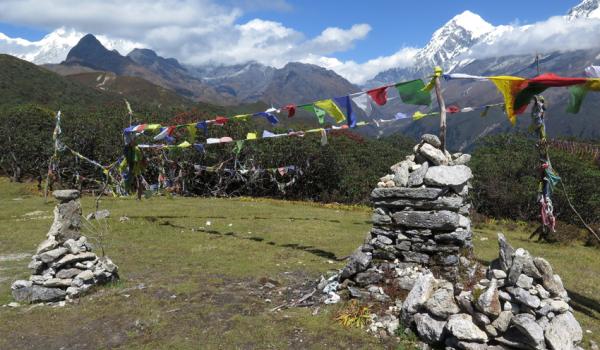
There are many fascinating mythological stories are associated with Mount Kanchenjunga and its lush valleys, caves, pristine lakes and rivers etc. that are scared to the indigenous people of Sikkim which are integrated in the Buddhist beliefs and the culture of Sikkim. Mighty Mount Khangchendzonga with its sacred significance, in both Tibetan Buddhist and pre-Buddhist worship, is revered by Buddhists as Beyul Demazong (‘land of sacred and secret treasures’ in Bhutia language) and to Lepcha community of Sikkim as Mayel Lyang (paradise in Lepcha language), a mythological place. As per the local beliefs, Mount Khangchendzonga is the residence of Dzonga, Sikkim's guardian deity who is revered as the owner and protector of the land. The Buddhist significance of this place can be traced back to the 8th century when Guru Rinpoche initiated the sanctification of the region. Later, the Buddhist scriptures such as Lama Gongdu mentions it and was claimed as beyul in the 17th century mainly by Lhatsun Namkha Jigme. It is a sacred mountain cult mainly for both Lepchas and Bhutias, who regularly performs rituals, including the two rituals: the Nay-Sol and the Pang Lhabsol (by the Bhutias). Interestingly, around 35,000 people, mainly from the Lepcha, Bhutia, Nepalese and Limboo communities inhabit 44 villages surrounding the park. It is a perfect testament of harmonious co-existence of religious, cultural and environmental values and beliefs.
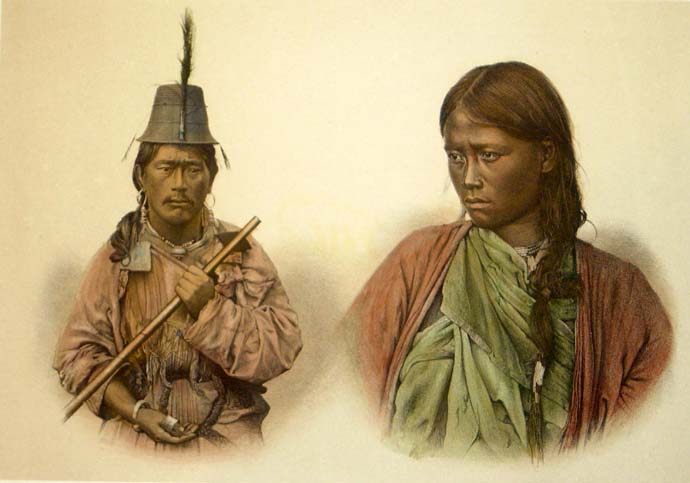
Lepchas are recognised as a ‘Particularly Vulnerable Tribal Group’ (PVTG) and are protected within the Dzongu community reserve. In fact, in Sikkim, in a clash between people and ‘urbanization’ threatening the ecology and valued culture, Sikkim’s Lepcha tribe has been vehemently opposing a 520 MW hydropower project, developed by the state-owned National Hydro Power Corporation (NHPC), near the Khangchendzonga National Park and fragile ecosystem of Teetsa river basin since 2007. Even now, the agitation and tension among the Lepchas is still going on for the conservation and preservation of this UNESCO World Heritage Site.
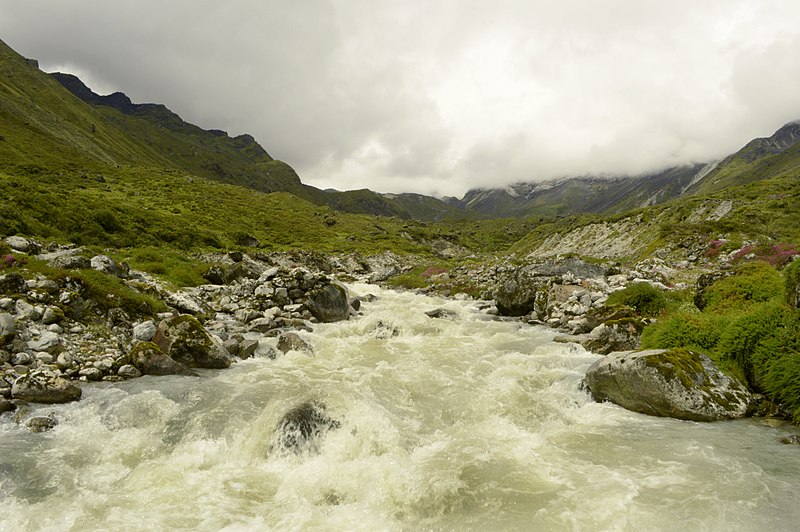
Initiated in 1977, the park was expanded and doubled in size in 1997 to include major mountains, glaciers, and lowland forests, also to accommodate the seasonally migrating animals. The protected area of Khangchendzonga National Park (KNP) is over 7 kilometres with an elevation of 1,220m to 8,586m above sea level covering an area of only 178,400 hectares. It has a buffer zone of around 114,712 hectares, protected as a forest reserve, which falls within the larger Khangchendzonga Biosphere Reserve. In the biosphere reserve, there are core, buffer and transition zones. The KNP is the core area in the KBR. With its high and rugged nineteen Himalayan mountains peaks, the area falls within the Himalaya global biodiversity hotspot and displays wide ecosystems ranging from subtropical to temperate to conifer forest and subalpine to alpine meadows. It also has an expansive and most extensive zone of krummholz (stunted forest) in the Himalayan region. The park is abode to a large variety of endemic, rare and endangered plant, bird and animal species. The park boasts seven water catchments, eighteen glaciers including Zemu Glacier, one of the largest in Asia and 73 glacial lakes in the property including over seventeen high altitudes/ alpine lakes. Lake Menmecho, Mount Rathong, Famrong Waterfall etc. are some natural elements that add to its natural grandeur and diversity.
Spectacular flora and fauna
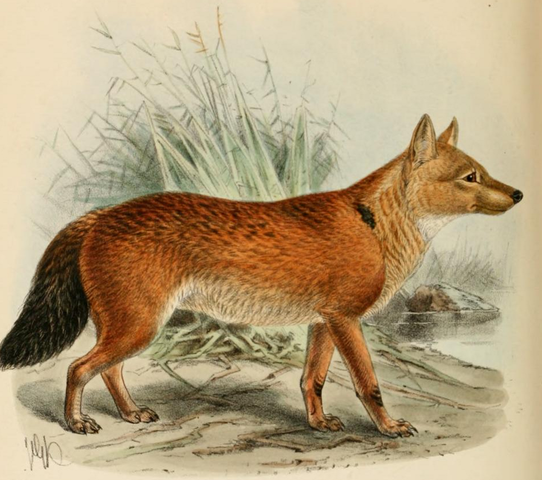
Epitome of natural splendour, this national park is home to nearly half of India’s bird diversity, wild trees, orchids and rhododendrons and one third of the country's flowering plants grows in it. It has an impressive range of large mammals and many predators including the six cat species- leopard, clouded leopard, rare snow leopard, jungle cat, Asiatic golden cat and leopard cat. The list of animals include jackal, Tibetan wolf, endangered dhole or wild dog, red fox, Indian civet, red panda (state animal of Sikkim), goral, blue sheep, Himalayan tahr, mainland serow, boral and barking deer, two species of musk deer, four species of pika and several rodents including the flying squirrel, Himalayan squirrel and so on. Historical reports (1888–1894) suggests that the dhole was abundant in Sikkim but was hunted due to the high demand for its alleged medicinal properties. It is now rare in this reserve.
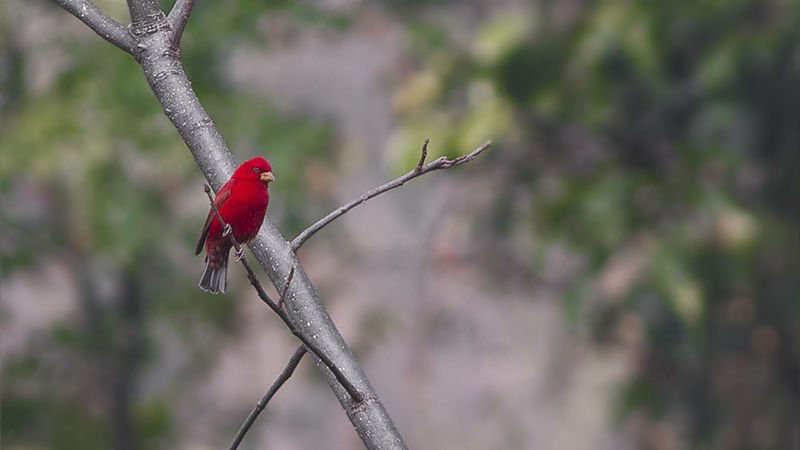
With more than 500 bird species, park has Himalayan Monal Pheasant, Black-necked crane, blood pheasant, grey peacock pheasant, satyr tragopan, osprey, Himalayan griffon, lammergeier, Western tragopan, green pigeon, scarlet finch, bearded vulture, Tibetan and Himalayan snowcock, snow pigeon, impeyan pheasant, Asian emerald cuckoo, hoary throated barwing, whit-naped yuhina, black-browed leaf warbler sunbird, eagle, snow partridge etc. The most recent one to be found, the Himalayan forest thrush, spotted in 2016.
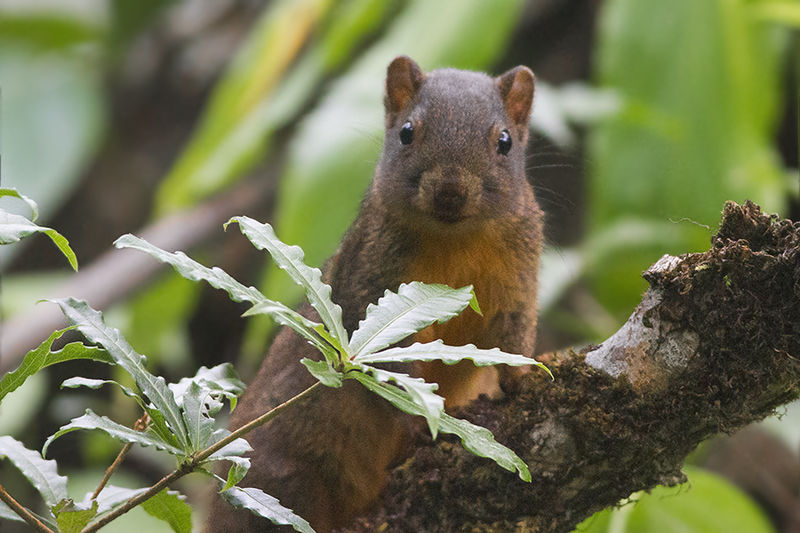
The wide range of vegetation consists of vast forests of oaks, fir, birch, maple, willow and also alpine grasses, shrubs and herbs. According to the reports by Sikkim Forest Department, the reserve has 4, 500 species of flowering plants which includes 424 species of medicinal plants, 36 rhododendrons, 60 primulas and 11 different types of oaks. Around 362 fern species are listed.
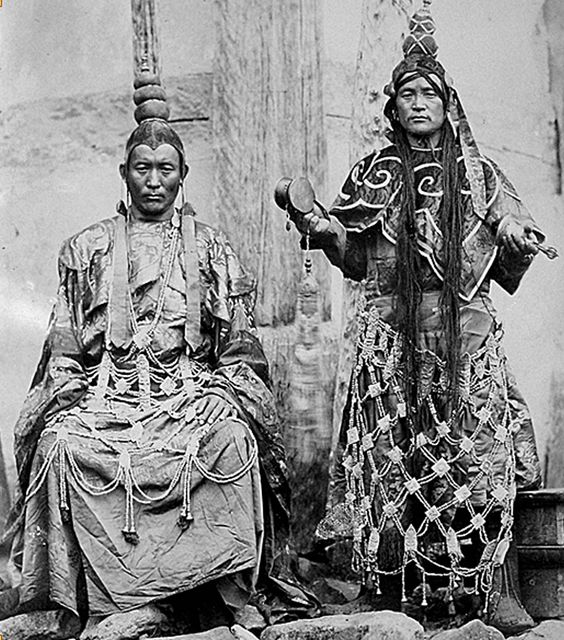
The property is managed by the Sikkim Forest, Environment and Wildlife Management Department to conserve vital ecosystems and landscapes. The Archaeological Survey of India protects some of the monuments in the area, whereas monasteries and local communities manage the other ones. Ancient monasteries are great cultural spots. One of the most sacred monasteries in Sikkim, Tholung Monastery (1789) built by the fifth Lhatsun Pema Dechhen Gyatso is located in the park's buffer zone. Some prefer to call it ‘Dolung’ the stony place, claimed to be ‘pure’ where the divine beings reside. It houses ancient sacred texts and precious art and artefacts. The present monastery underwent reconstruction in 1980, after the earlier structure was dilapidated. This park adjoins the Qomolangma National Nature Preserve in Tibet and the Kanchenjunga Conservation Area in Nepal. It therefore provides unique opportunities for the joint collaborations and conservation of biodiversity with the neighbouring countries, as a major part of the reserve is shared between Bhutan, India and Nepal.
The area around the mountain and area within KNP has numerous treks such as the Singalila Ridge trek. This climb leads you to the high-altitude outpost of Sandakphu, which the local lore claims that the Kanchenjunga and its surrounding ranges resemble a sleeping Buddha from that point. One must explore the Barsey Sanctuary trek, which is home to several species of rhododendron, primula, magnolia, oaks and pines and also Dzongri Goecha La trek that is clad with ancient trees and ferns.
If you want a surreal experience of natural grandeur and beauty, KNP of the Himalayas region is the ideal place for you.
Banner Image Credit- Wikimedia Commons

